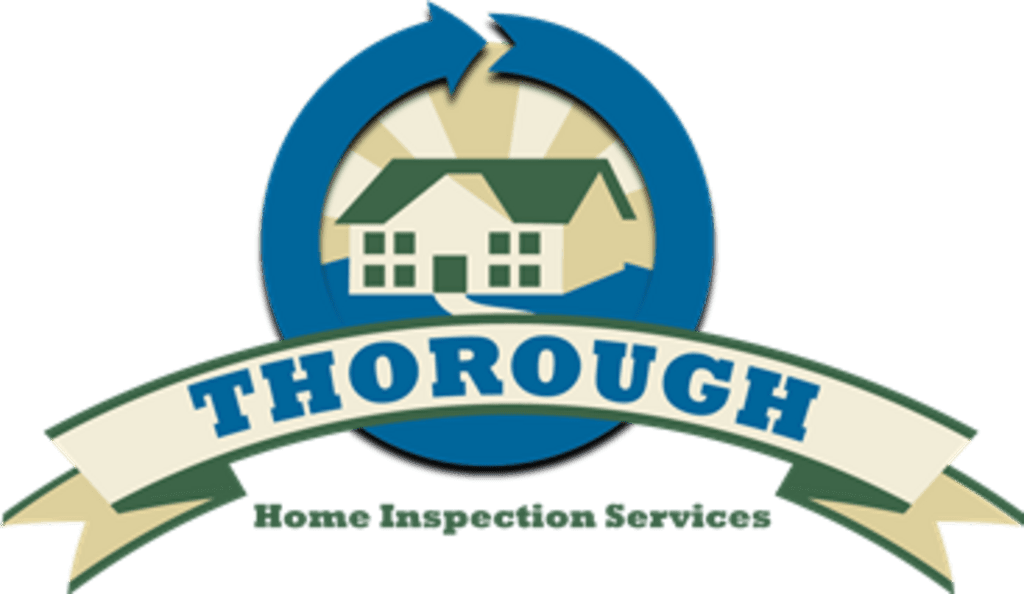
When Does Home Insurance Cover Mold?

Posted on June 16, 2022
When Does Home Insurance Cover Mold?
A standard homeowners insurance policy should cover a mold claim if the growth has been caused by a covered peril that is sudden or accidental in nature, and the mold is hidden within walls or ceilings, beneath floors, or above the ceilings of a structure. Examples include mold resulting from:
- A pipe or drain hose attached to a sink or water heater ruptures or leaks
- An appliance like a washing machine malfunctions
- Your toilet overflows
- Firefighters extinguishing a fire
Water damage, like rain coming inside during a storm that causes damage to the roof, is typically covered as an act of nature. Damage caused by flooding is not part of mold coverage on a standard home insurance policy.
Mold removal coverage is usually limited, meaning it will only cover up to a certain dollar amount. The amount varies by policy and company but typically ranges from $1,000 to $10,000 per occurrence. You may be able to increase the amount of mold protection coverage through your carrier with a policy rider for an additional cost.
Supplemental Home Insurance Options
There are two supplemental insurance options that you may be able to include in your homeowners insurance policy that could offer coverage for mold:
- Water backup coverage: Also called backup of sewer and drains or a sump pump overflow endorsement, water backup coverage pays for damage caused by drain backups, a sewer line clog, or a sump pump failure. If you have this endorsement and find mold after a water backup event, it should be covered. The coverage may still be limited to a specific dollar amount.
- Hidden water damage coverage: When a leak occurs but you can’t see because it’s behind a wall, cabinets, or beneath the floors, it could cause extensive damage over time and cause mold. With a hidden water damage endorsement on your home policy, mold removal is usually covered.
If you’re interested in this kind of supplemental homeowners insurance coverage, check with your insurer to see if they offer it.
When Doesn’t Home Insurance Cover Mold?
Generally speaking, mold growth caused by neglect is not covered by home insurance. Other instances when mold coverage is not on a standard homeowners policy include:
- Flooding. (A separate flood insurance policy will cover mold in some cases.)
- Water backup caused by a broken sump pump or clogged sewer line
- Neglecting leaks or broken seals in and around plumbing, fixtures, appliances, windows, and doors
- Poor ventilation that leads to humidity buildup in mold-prone areas such as a basement or bathroom
How Do You File A Homeowners Insurance Claim For Mold?
If you need to file a homeowners insurance claim for mold, you should act quickly to minimize the extent of the damage. Here’s how to file a claim for mold with your home insurance company:
- Report the incident. You can do this online, in person, or over the phone. Your insurer will assign an adjuster to your claim who will get the process going.
- Document the damage. Take pictures or video of the mold growth, as well as any and all related damage to your home and belongings. Next, compile a list of everything that’s been damaged to provide your insurance company with as much detail as possible.
- Clean up what you can. If you have a burst pipe or an active water leak, do what you can to stop it as soon as possible. This may involve shutting off the water supply at the site of the leak or turning off your home’s water main. Get rid of pooling water, remove waterlogged carpeting or rugs, and run a dehumidifier to dry out the area. You can remove damaged items from the affected area, but don’t throw anything away until the adjuster has seen them. If you have to buy materials for the cleanup, keep your receipts for reimbursement.
Consider hiring a professional. If the damaged area is less than 10 square feet in size, the U.S. Environmental Protection Agency (EPA) says you can do the cleanup yourself. However, if the affected area is significantly larger, if you find mold growth near a heating or air conditioning duct, or if the damage was caused by a sewer or septic tank issue, the EPA recommends hiring a licensed professional to do the job. Your insurance company may be able to provide you with a list of state-licensed specialists.
What Are The Signs Of Mold Growth?
Mold can grow just about anywhere in your home where moisture is available. If you’re concerned about mold in your home, here are some signs you may have mold growth:
- Visible growth: This is the most telltale sign of mold. It could be a small area that may be the only sign of mold growth or a sign that more mold is hiding nearby. Common places where mold can grow include beneath carpets and rugs, on tile or grout, behind refrigerators, and in poorly ventilated or humid places like a basement.
- Smells: When mold grows inside your home, damp and musty smells usually accompany it. This can be an indication of mold growth that may be hidden, such as behind drywall or wallpaper, beneath flooring, within a crawlspace, inside air ducts, or on ceiling tiles.
- Health problems: Many people can show signs of mold exposure, especially those who are allergic, have asthma, or are immune-compromised. Potential signs can include coughing, wheezing, a sore throat, stuffy nose, rashy skin, or burning eyes.
Original article: https://www.usnews.com/insurance/homeowners-insurance/when-does-homeowners-insurance-cover-mold
Send a Message
Contact Us
Office location
Gaithersburg, MarylandGive us a call
(240) 393-0032Send us an email
[email protected]Other website
www.thiservice.com/